20 squat variations you need to try
Sumo, smith or skater – these squat variations are perfect for home or the gym
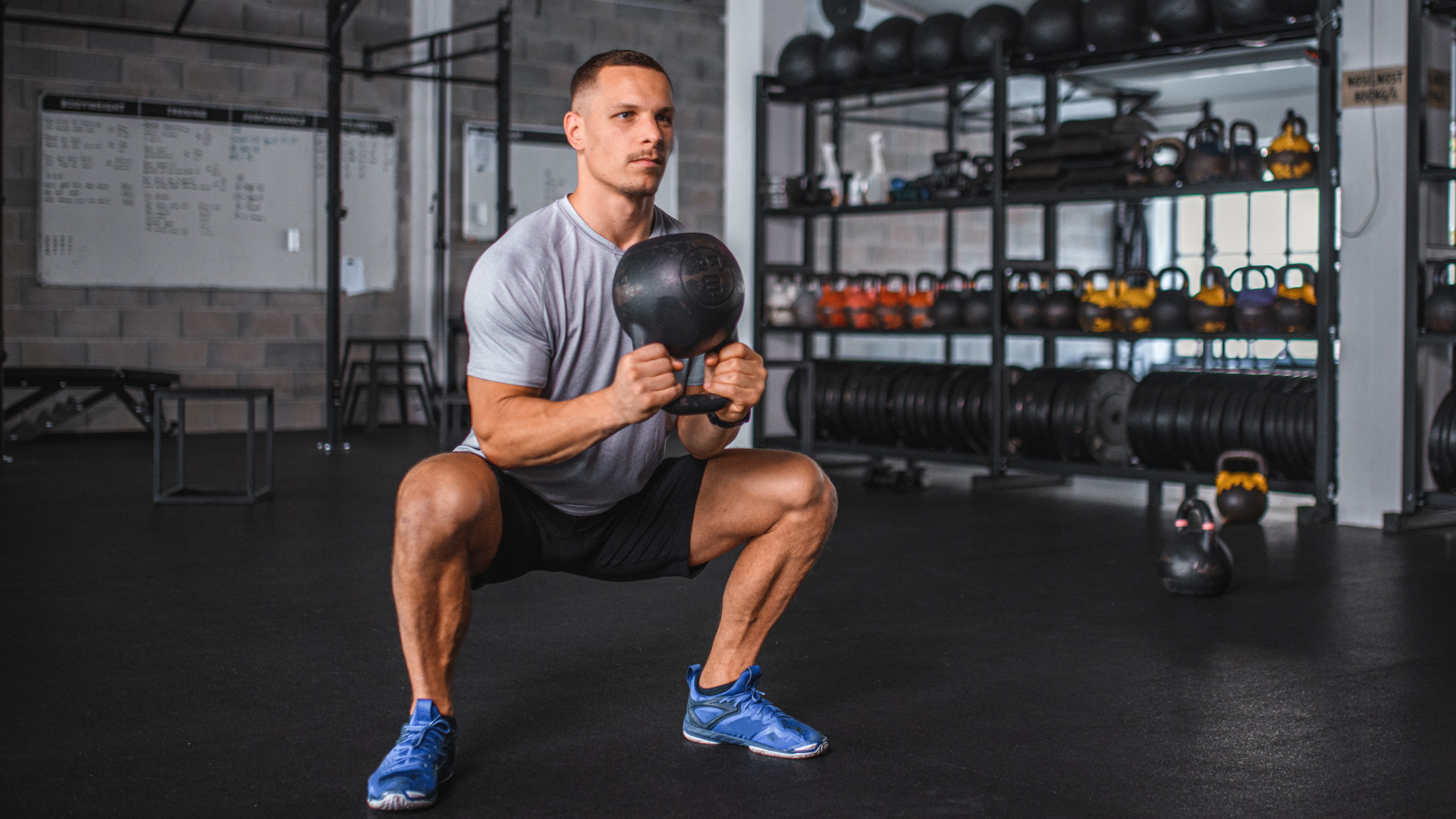
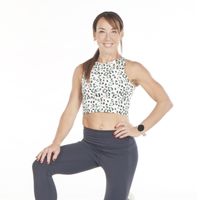
Squats are one of the best moves for your lower body, when you do them right. They’re a compound, functional exercise, helping you tackle real-life activities, from lifting heavy bags to tying your shoelaces without a second thought. But that’s not all.
Squats are also one of the best glute exercises as well as giving your quads, hamstrings, lower back and core a serious workout too. Not many moves tick so many boxes when it comes to building strength, muscle, and resilience across your whole body. Plus, by strengthening your ligaments and tendons, squats help bulletproof you against injuries and set you up for staying strong well into your later years. (Getting up from a chair at 80? No problem!)
The only catch? Squats can get a little boring. You know the drill: feet hip-width apart, hips back, lower down like you’re sitting into an invisible chair, drive through your heels to stand tall – and repeat, repeat and repeat again. Luckily, we’ve got a fix.
There are loads of squat variations that can keep things fresh – 20, in fact. Well, probably even more, but we don’t want to overwhelm you!
Here are 20 squat variations you need to try:
1. Air squat
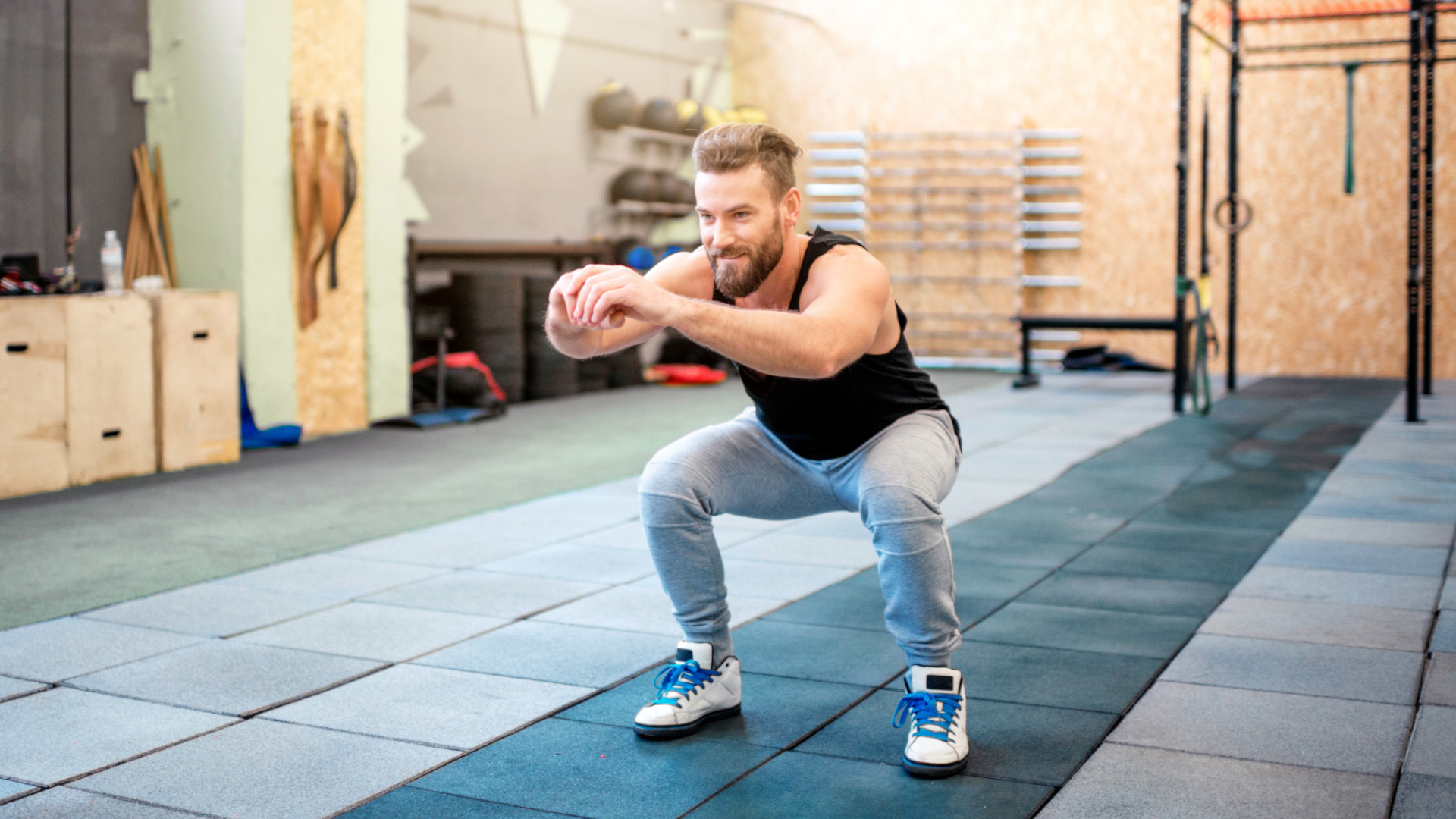
Air squats are the perfect warm-up – great for getting your body moving as well as priming yourself for those heavier barbell back squats. They’re also ideal for pumping out high-rep sets to get your heart rate up high.
How to do an air squat:
Get all the latest news, reviews, deals and buying guides on gorgeous tech, home and active products from the T3 experts
- Start by standing tall, hips fully extended, with your feet just wider than shoulder-width apart and toes turned slightly out.
- Squeeze your glutes and abs tight, then bend your knees and sink down into the squat. Raise your arms if you need to balance.
- Lower until your hips dip just below your knees, then drive back up by firing your glutes and quads.
2. Wall squat
This isometric hold will help you to strengthen your knees - as well as quads and glutes (expect a serious shake).
How to do a wall squat:
- Start by leaning against a wall with your feet just wider than hip-width apart.
- Lean back so your whole torso touches the wall and the walk your feet forward so you’re sitting down into a squat position, with your knees at about a 90-degree angle and your thighs fully parallel to the ground.
- Squeeze your shoulder blades, pull your abs in, and drive your heels into the floor.
3. Goblet squat
Goblet squats are a great way to front-load your squat. They encourage you to stand up straighter while keeping the upper back upright with your chest puffed out.
How to do a goblet squat:
- Stand with your legs slightly wider than your shoulders, holding a dumbbell or kettlebell at chest height.
- Keeping your chest high and core switched on, push your hips back, bend your knees, and lower yourself into a squat until your thighs are parallel to the ground and your knees track over your feet.
- Pause for a second at the bottom of the move, and then drive back up through your heels, squeezing your glutes as you come up to standing.
4. Front squats
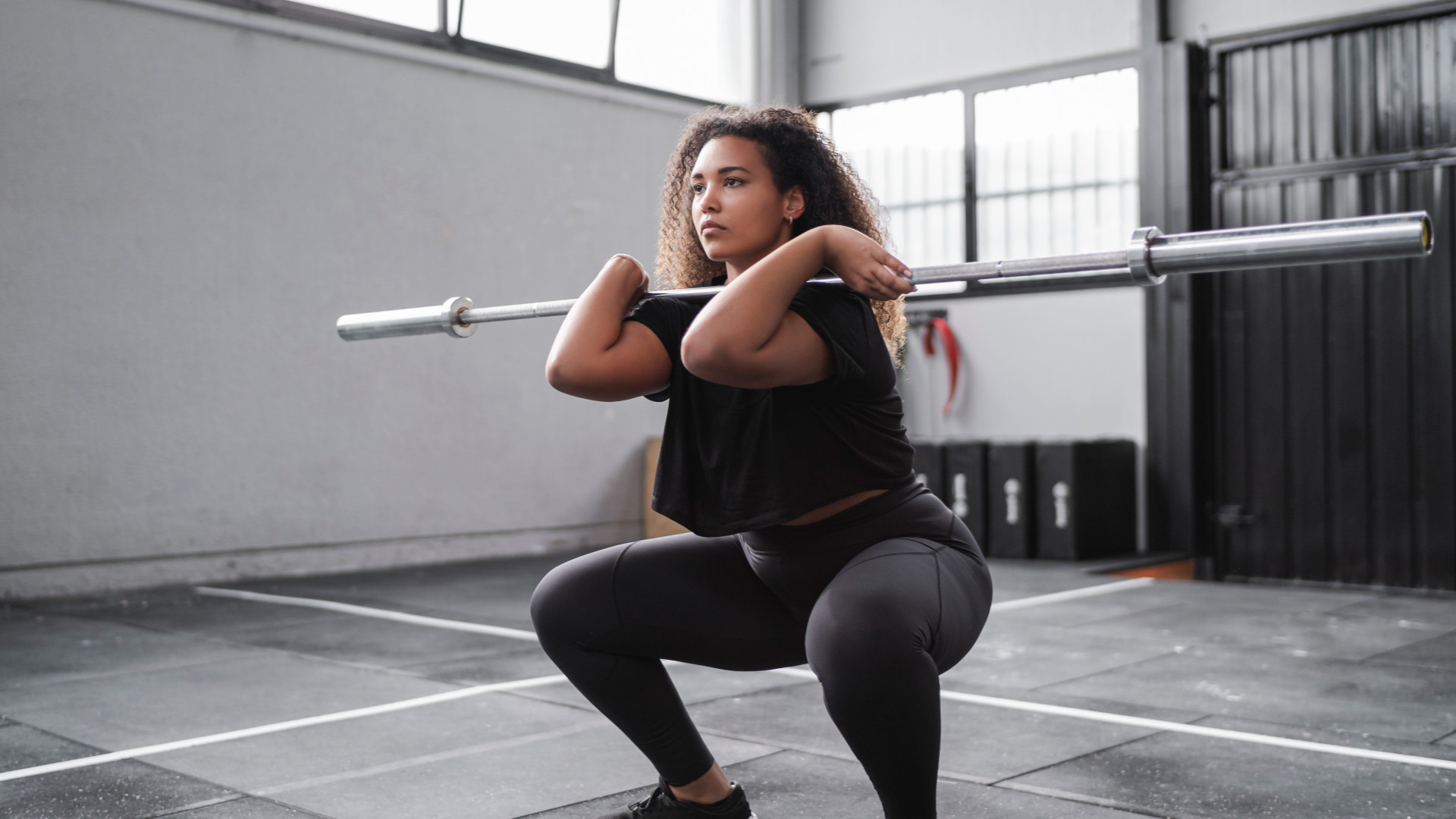
Much like goblet squats, front squats load up the front of the body, which takes any unwanted pressure off your lower back and places it instead onto your quads and upper back.
How to do a front squat
- Stand with your feet shoulder-width apart and hold a barbell across your upper chest.
- Keeping your core fully braced and chest up high, push your hips back and bend your knees to lower your body until your thighs are parallel with the floor.
- Drive your heels into the floor to push yourself explosively back up to the starting position.
5. Skater squat
This unilateral lower-body move hits your glutes, quads, and hamstrings hard – but don’t be fooled into thinking it’s just a leg day favourite. Thanks to the balance and control required, your core and even your upper body muscles get in on the action too.
How to do a skater squat
- Start standing tall, feet shoulder-width apart, and brace your core.
- Shift your weight onto your right leg, then bend your knee and send your left leg behind you, lowering into a lunge. Try to tap your back knee lightly on the floor — without letting your foot touch down.
- At the same time, reach your arms straight out in front of you to help with balance. Pause at the bottom, then push through your front foot to return to standing.
6. Hack squat
Often called a reverse deadlift, the barbell hack squat shifts the focus to your quads. With the weight behind you, your legs do the heavy lifting, while your core and lower back chip in for support.
How to do a Hack Squat
- Stand in front of a loaded barbell with your feet hip-width apart. Reach down and grip the bar with an overhand grip, hands just outside your legs.
- Keep your chest up, core braced, and back flat as you lower your hips – the bar should stay close to your legs throughout.
- When your thighs are about parallel to the floor, push through your heels to drive up to standing.
Squeeze at the top, then repeat.
7. Zercher squat
Want to fire up your core while giving your quads, hamstrings and glutes a serious workout? The Zercher squat does just that – thanks to the bar placement, your mid-back and abs have to work extra hard to keep you upright.
How to do a Zercher Squat
- Set your feet shoulder-width apart under a barbell. Bend your knees and hips to deadlift the bar up with a flat back.
- Holding the bar at hip height, squat down, keeping your chest tall.
- Once you're at the bottom, hook your arms underneath the bar, cradling it in the crook of your elbows, and clasp your hands together.
- Pull your shoulders back and brace your core, then push your hips back and sink into a deep squat.
- Drive through your heels to power back up to standing.
8. Sumo squat
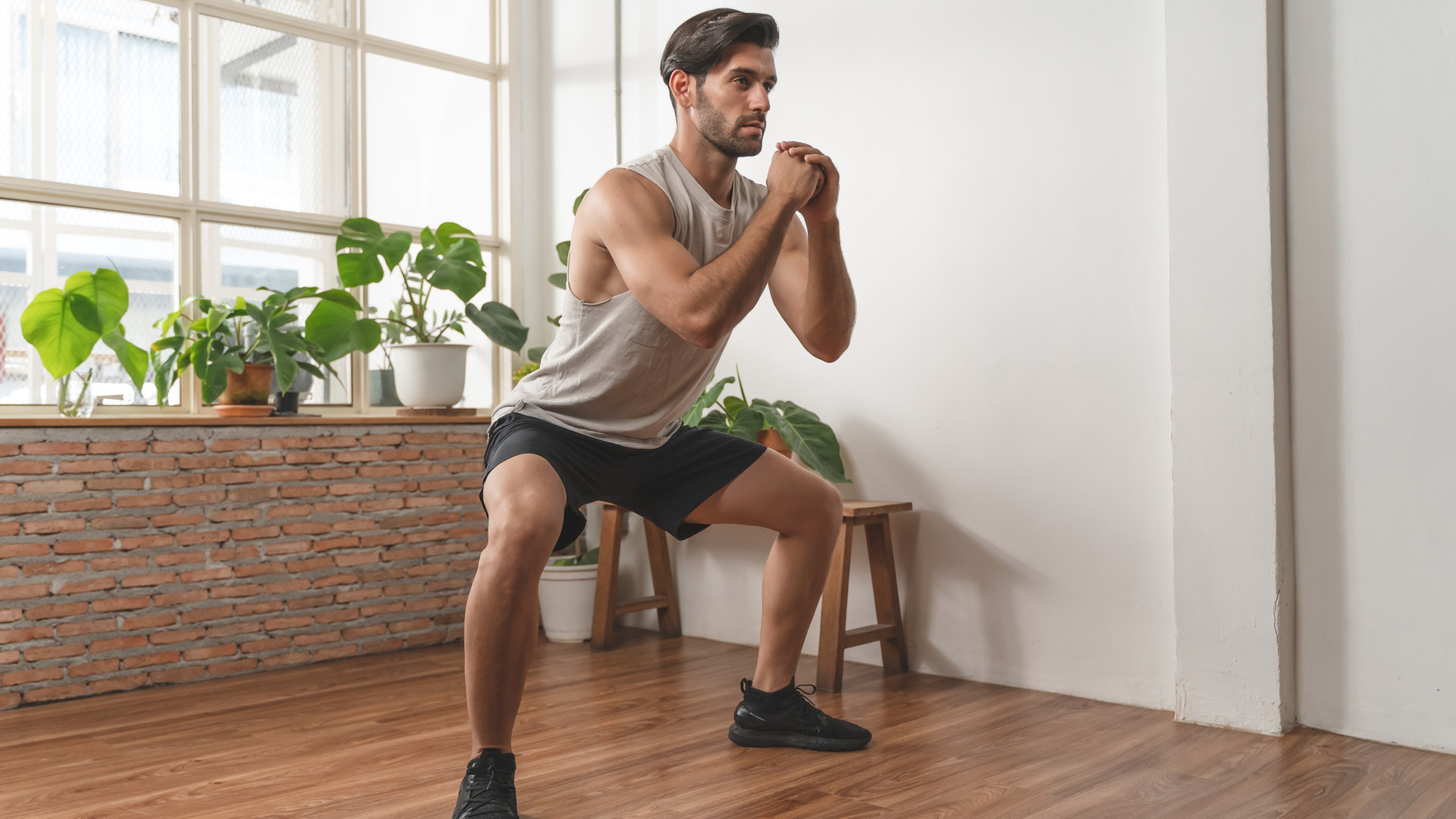
Few moves target your glutes and inner thighs like sumo squats. With a wider stance and turned-out toes, this lower-body staple places extra emphasis on those hard-to-hit muscles while still working your quads, hamstrings, and core
How to do a sumo squat
- Stand with your feet wider than shoulder-width apart, toes pointing slightly out.
- Hold a dumbbell or kettlebell at chest height, sit your hips back and drop into the squat, keeping your chest proud and upright.
- Aim to get your thighs at least parallel to the floor, making sure your knees track over your toes (no caving in!).
- Squeeze your glutes, press through your heels, and drive yourself explosively back up to standing.
9. Narrow stance squat
Opposite to the sumo squat, this squat will see your feet completely together, which will shift more of the workload onto your quads and inner thighs, all while challenging your balance and core stability too.
How to do a narrow squat
- Stand tall with your feet just a few inches apart and your toes pointing straight ahead.
- Engage your core, then push your hips back and bend your knees to lower into a squat. Keep your chest lifted and knees tracking over your toes.
- Lower as far as you can with control, then drive through your heels to return to standing.
10. Squat to side leg raise
This move adds a twist to the classic squat by firing up your outer thighs (hello, abductors!) while testing your balance and coordination.
How to do a squat to side leg raise
- Start with your feet slightly wider than shoulder-width apart, toes pointed slightly out. Drop into a squat, keeping your chest up and your core braced.
- As you drive back up to standing, squeeze your glutes and lift one leg out to the side as high as you can.
- Lower it back down to your starting stance — then dive straight into your next squat.
11. Squat jumps
Add a serious cardio kick to your squats with this explosive variation – great for building leaping power and firing up your fast-twitch muscles.
How to do squat jumps
- Start standing as you would for a regular bodyweight squat.
- Push your hips back and lower into a squat. As you lower, swing your arms back to load up for take-off. Now explode upwards.
- Jump straight up, fully extending through your ankles, knees and hips, and swing your arms up to help you explode up.
- Land softly and go again.
12. Narrow squat jump to wide squat jump
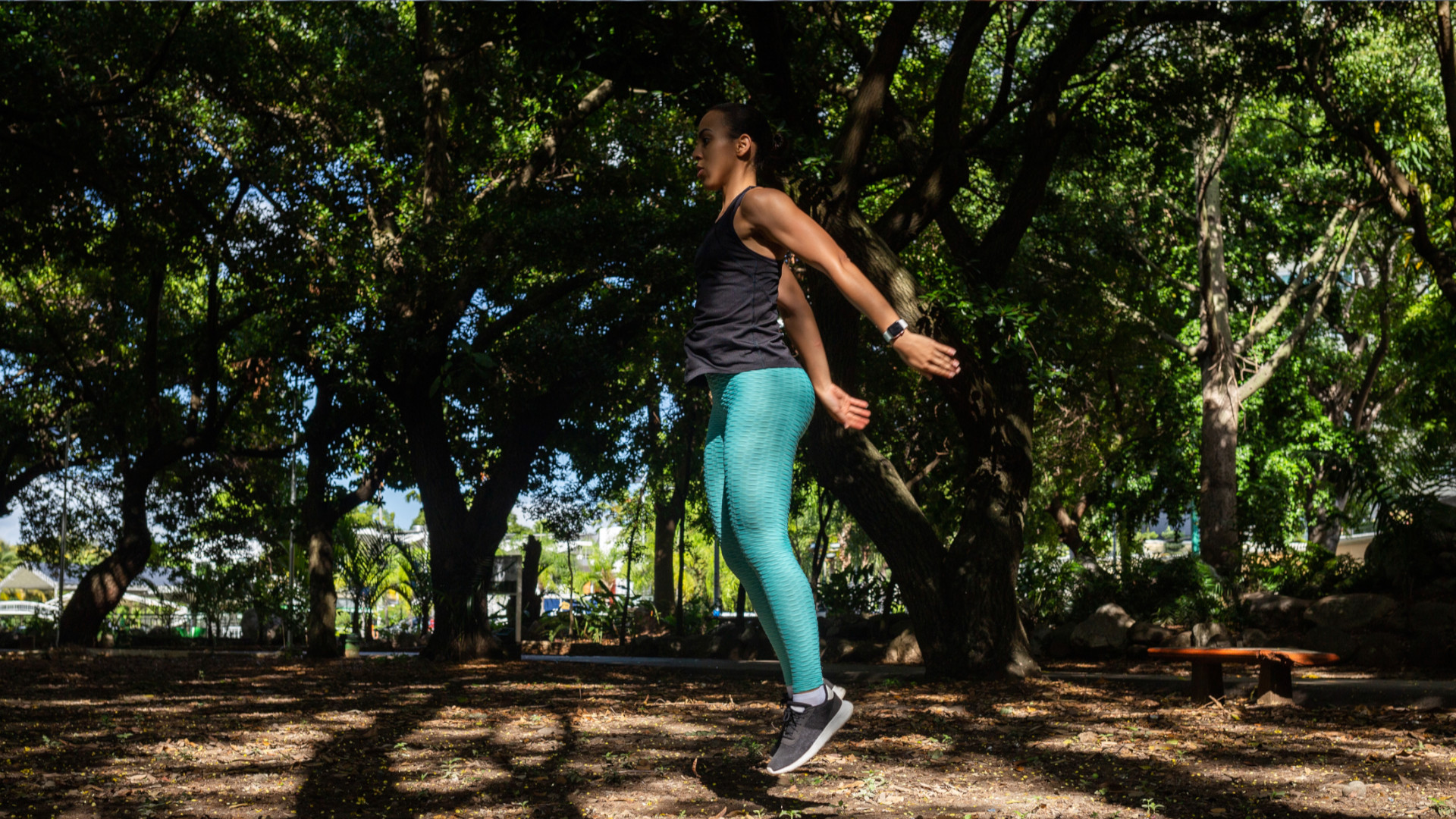
This dynamic twist on the squat jump doesn’t just torch your glutes and legs — it will also hit your inner and outer thighs.
How to do a narrow squat jump to wide squat jump
- Start with your feet together and sit back into a narrow squat.
- As you power up, jump your feet out wide so you land slightly wider than shoulder-width apart.
- Stay low and keep jumping your feet in and out – the lower you stay, the more effective the move.
13. Bulgarian split squat
This single-leg (unilateral) move isn’t just tough on your legs — it’ll challenge your balance, stability, and core strength too.
How to do a Bulgarian split squat
- Stand about two feet in front of a box or bench and place the top of your right foot on it.
- Bend both knees to lower down until your right knee lightly taps the floor. Keep your chest lifted, shoulders back, and hips square.
- Pause at the bottom, then drive through your left heel to return to standing.
14. Split squat
With both feet firmly on the floor, the split squat will work your quads, hamstrings, and glutes — and it’ll still fire up your core for good measure.
How to do a split squat
- Stand tall with your feet staggered — left foot forward, right foot back with the heel lifted.
- Bend both knees to lower until your back knee softly taps the floor, keeping your torso upright.
- Pause, then push through both feet to drive back to standing.
15. Single leg box squat
Want to build single-leg strength and balance without jumping straight into the deep end? The box squat is a great place to start.
How to do a single-leg box squat
- Stand with your back to a box or chair, balancing on your left leg with your right foot hovering off the floor and arms by your sides.
- Brace your core, bend your left knee, and push your hips back to lower down until your butt lightly taps the box.
- As you descend, extend your arms and right leg forward for balance.
- Press through your left foot to return to standing.
16. Pistol squat
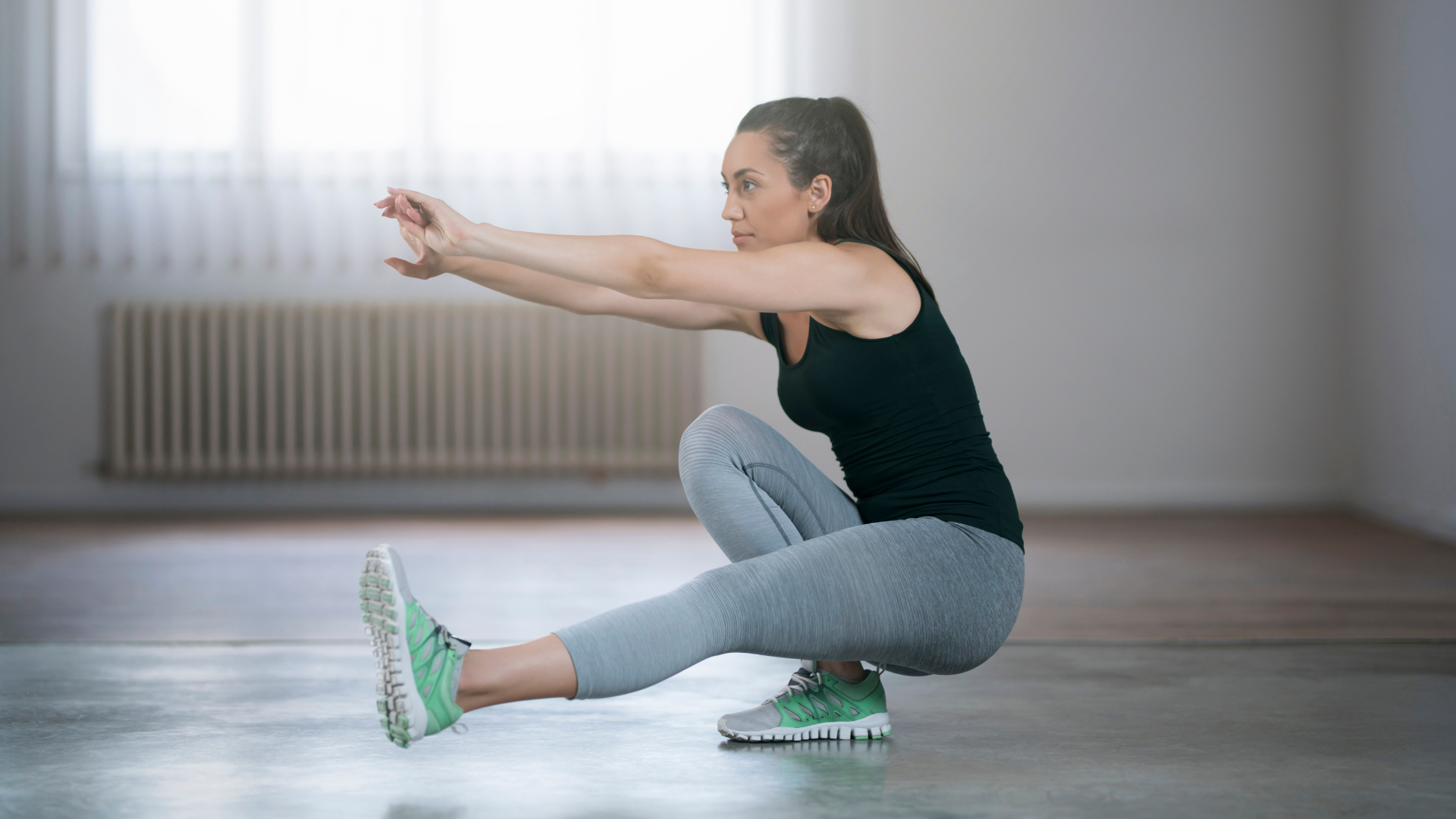
The pistol squat is a real test of strength, balance, and control – and it’s brilliant for building mobility through your hips, knees, and ankles.
How to do a pistol squat
- Stand tall with your feet together. Lift one leg off the floor, keeping it extended out in front of you.
- Bend your standing knee to slowly squat down as low as you can while keeping your chest lifted.
- Press through your heel to drive back up to standing.
- Switch legs and repeat.
17. Sissy squat
Don’t be fooled by the name – sissy squats are a brilliant way to build strong, defined quads while working on your balance and core control.
How to do a sissy squat
- Stand tall with your feet hip-width apart and brace your core.
- Rise onto the balls of your feet, keeping your body in a straight line from head to knees.
- Begin to lean back slowly, bending your knees and lowering your body towards the floor — but keep your hips extended and your torso straight (no bending at the hips!).
- Once you’ve lowered as far as you comfortably can, push through the balls of your feet to return to standing.
18. Squat to curl press
Want to ramp up your squat and get your heart rate up at the same time? This fully-body move is one way to do it.
How to Squat to curl to press
- Start in a low squat, holding a kettlebell or dumbbell in each hand, arms extended.
- Bend your elbows to curl the weights up in front of your shoulders.
- Drive through your heels to stand tall and press the weights overhead until your arms are fully extended.
- Reverse the movement to return to the squat position.
19. Off-set kettlebell squat
This lopsided move gives your core no choice but to step up. With the weight racked on one side, your obliques will need to work hard to keep you steady – as you squat up and down without falling to the side.
How to do an Offset Kettlebell Squat
- Stand with your feet hip-width apart, holding a kettlebell (or dumbbell) in the front rack position on one shoulder.
- Brace your core and push your hips back to lower into a squat, keeping your chest up and back flat.
- Once your thighs are parallel to the floor, drive through your heels to stand tall. That’s one rep – switch sides and repeat.
20. Overhead squat
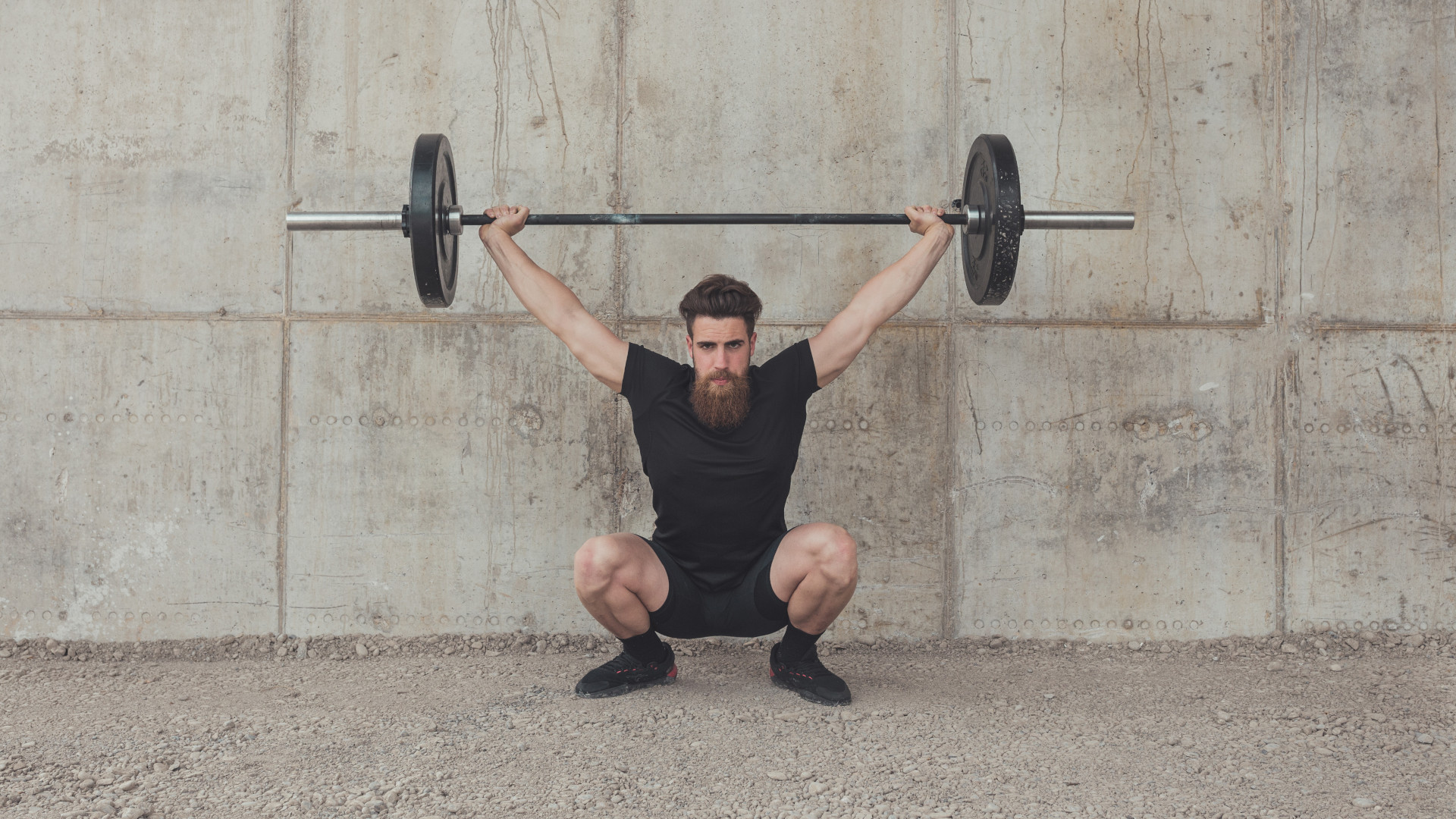
Saving the most technical for last, this variation is a serious test of mobility, posture, and control. Holding a barbell weight overhead while squatting demands strength, stability, and flexibility through your shoulders, upper back, hips, and ankles.
How to do an overhead squat
- Stand tall with feet shoulder-width apart, holding a barbell (or broomstick if you’re new) overhead with a wide grip, arms fully extended.
- Engage your core and keep your chest proud as you push your hips back and lower into a squat, keeping the bar in line with the mid-foot the whole time.
- Aim for depth while maintaining an upright torso – this is where the challenge lies.
- Drive through your heels to return to standing, keeping the bar stable overhead throughout.
The bottom line: which squat will you choose?
Mixing up your squat variations isn’t just great for targeting different muscles – it also keeps your workouts fresh and helps you break through plateaus. Just make sure you’ve nailed the basics first. Once your squat form is solid and you’ve built some strength, these variations are yours for the taking – that’s when the fun really begins.
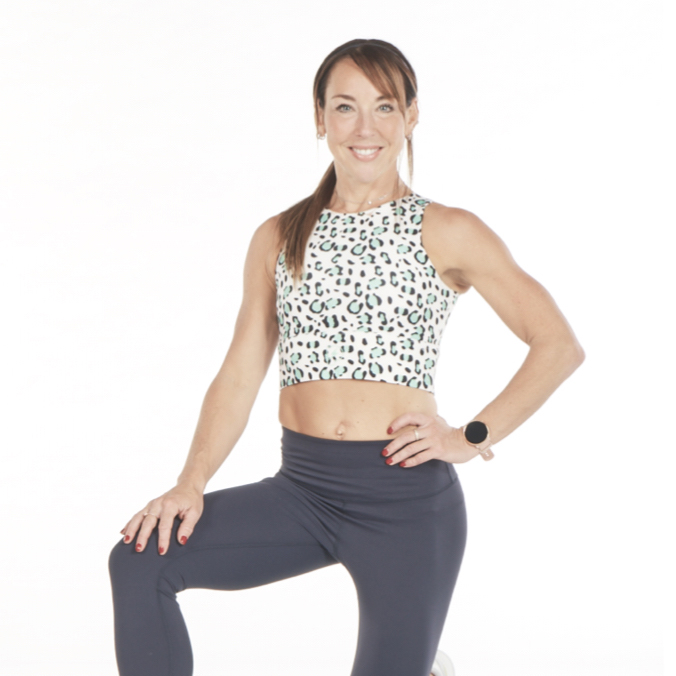
Lucy Miller is a journalist, Level 3 Personal Trainer, Nutritional Advisor and Children’s Fitness Specialist. She holds fitness qualifications from NASM Training and Premier Training International and has been a fitness journalist and fitness (and cover) model for over 20 years. Since going freelance in 2014, Lucy left Men’s Fitness Magazine to write for an abundance of top consumer titles such as Women’s Health, Women’s Fitness, Waitrose, The Times, The Guardian and Runners World.
She’s also extremely passionate when it comes to educating others about health and physical activity and loves inspiring and working with children and adults to help make fitness fun, sustainable and accessible. In her spare time, Lucy is ever the sportswoman. Once a national gymnast, having won three national titles, she has also run a handful of marathons around the world and loves to test her physical and mental side with daily running and gym sessions, not to mention ballet, bootcamp, boxing and TRX.
You must confirm your public display name before commenting
Please logout and then login again, you will then be prompted to enter your display name.